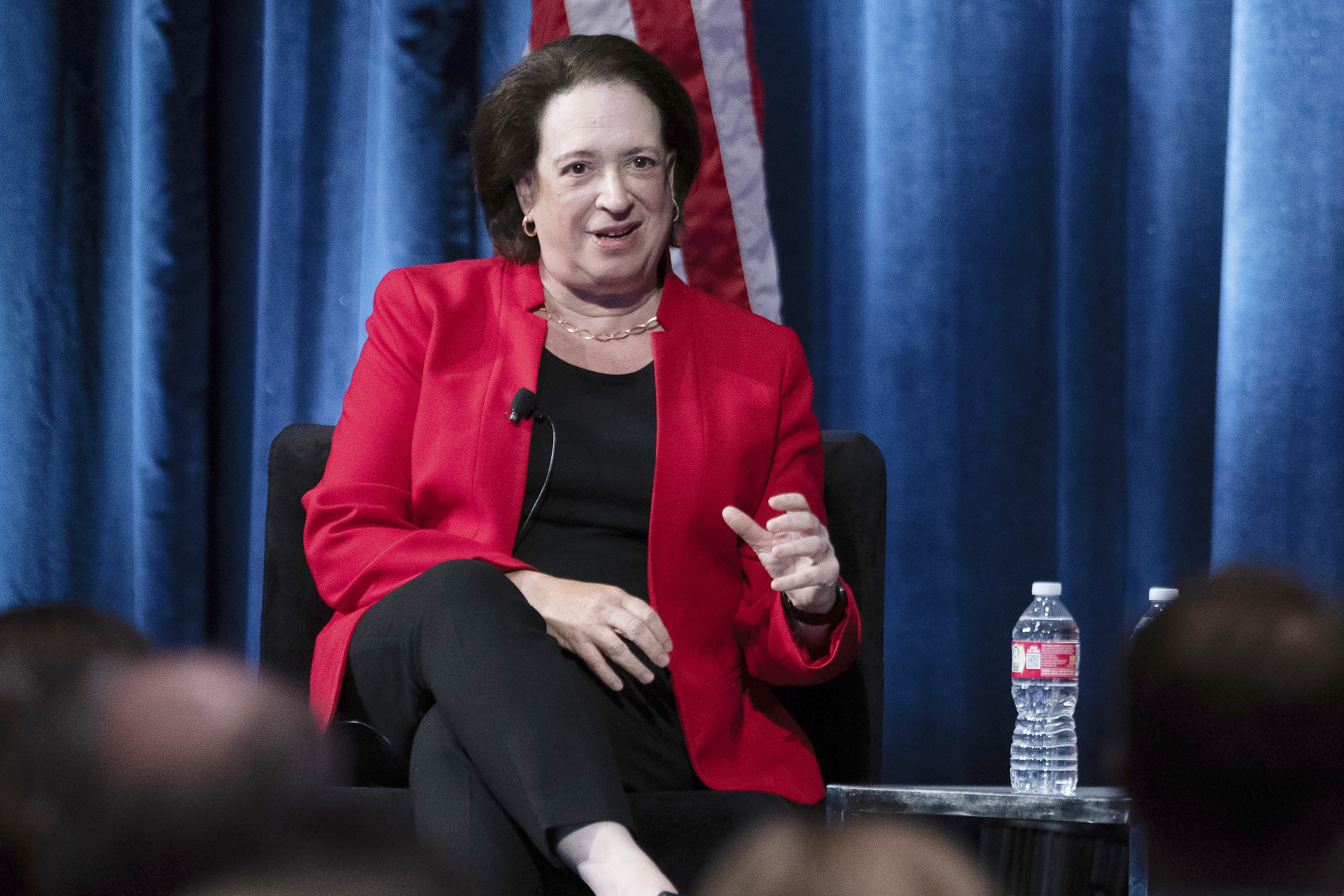Data Deal
Aug. 25 was a dark day on the calendar of Chicago lawyer Keith A. Hebeisen.
That was the day that his state’s governor signed sweeping medical malpractice tort reform legislation. Hebeisen, president of the Illinois Trial Lawyers Association, had to talk about it and keep talking about it as media calls flooded his office.
“It was the worst day of my presidency,” he says. The law effectively caps noneconomic damages at $500,000 for individual doctors and $1 million for hospitals.
Yet Hebeisen sees a silver lining. The measure contains several provisions that shine some light on insurance industry practices.
Trial lawyers have long argued that skyrocketing premiums for doctors have less to do with large jury verdicts than with the closed door rate setting practices of insurers. But without consistent data on how insurers set rates and how much they pay to close claims, the plaintiffs bar has had little proof.
“In this state, there’s hardly anything to go by,” says Hebeisen, who disputes assertions that doctors are fleeing to nearby states to get better malpractice insurance rates. The problem isn’t confined to Illinois. Each state that collects data on closed claims does so differently. Some don’t collect the information at all. In a recent survey by the National Association of Insurance Commissioners, respondents from 50 states expressed frustration about inconsistent and incomplete data.
“If one is seeking enough info to assess the med-mal insurance market and claim trends, many more details are needed,” said the respondent from Ken tucky, which collects data on medical malpractice claims.
Maryland’s response suggested that there is a “need to collect as extensive data as possible in order to ascertain what is driving rates and what areas of specialty [have] the most impact in what areas of the state.”
Comparisons on the Horizon
In Illinois, Hebeisen hopes S.B. 475 will give more information. Gov. Rod Blagojevich signed the bill after the state General Assembly adopted it in May.
The legislation expands and makes public the data insurers collect and use to set rates. It also requires information on how cases are closed–by settlement, verdict or dismissal–and what, if any, payout is made.
Although Illinois already collects some of these data, Hebeisen says the figures were released only periodically, in the aggregate.
The legislation also will enable the public for the first time to compare what an insurance company sets aside in reserve to pay out future claims against the actual payout. Data will be collected over 10 years. An insurer that arbitrarily or improperly overestimates the amount needed may be setting premiums too high, Hebeisen says.
While Hebeisen expects the information will show that huge rate increases over the past few years were “unnecessarily excessive,” others aren’t so sure. Among them is the Illinois State Medical Society, which lobbied for caps on damages but only conceded regarding the data collection and insurance regulation requirements.
In its summary of S.B. 475, the society says that it “remains doubtful that this information will be put to constructive use, rather than ‘spun’ by trial attorneys and other reform adversaries in their certain attempts to roll back the new law.”
Dr. Harold L. Jensen, chairman of the state’s largest medical malpractice insurer, ISMIE Mutual Insurance Co., said in a statement that the cornerstone of the leg islation is the cap on noneconomic damages.
Yet all speculation is premature, he and others say. Plaintiffs lawyers already have pledged to challenge the cap’s provisions.
Jensen said, “Any positive effects of S.B. 475 can only be realized pending the outcome of a likely Illinois Supreme Court challenge to this historic bill.”



